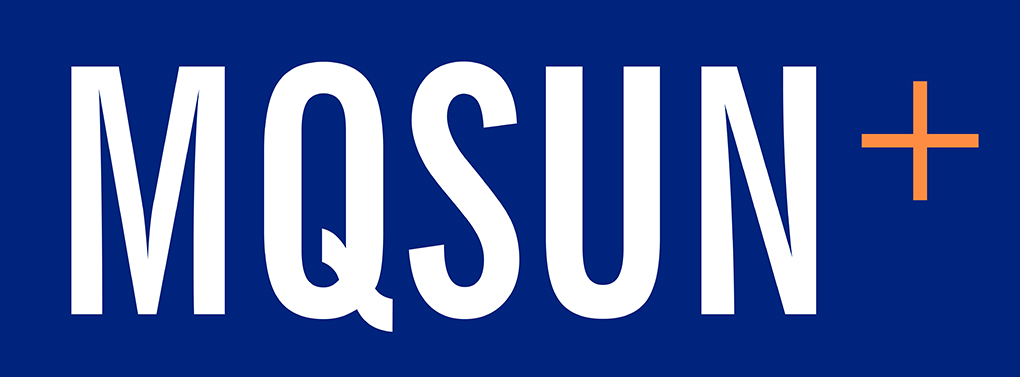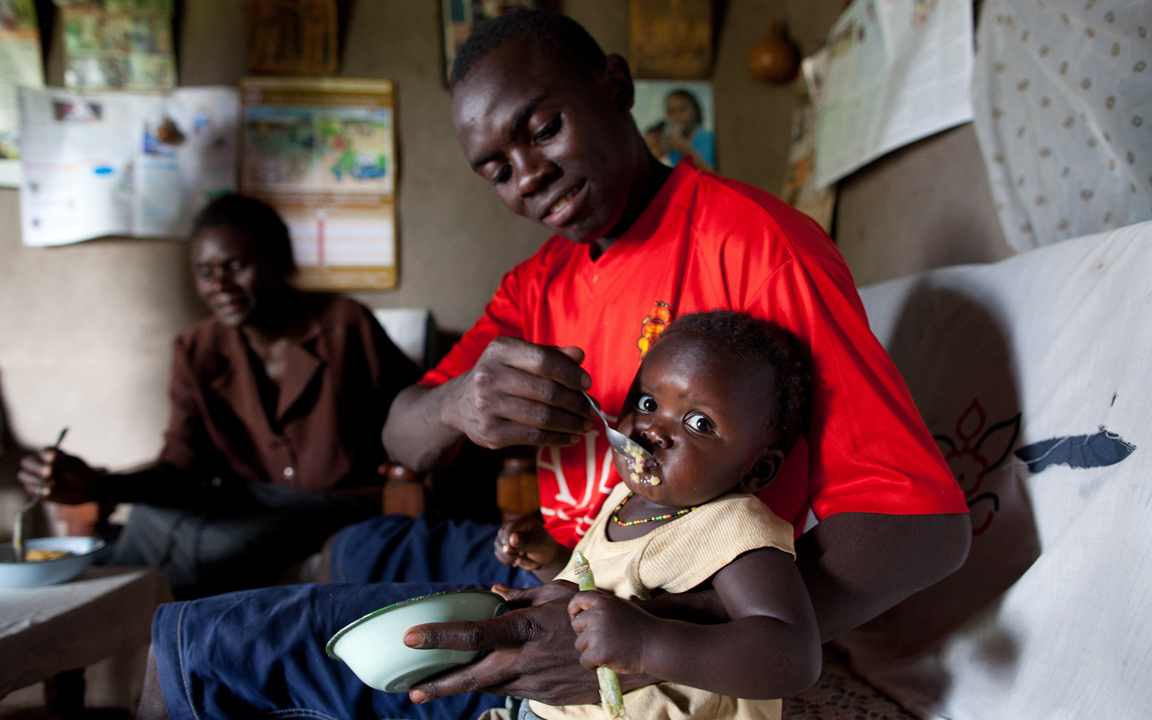Nutrition-related programmes should strive towards ensuring equality of opportunity by at least considering gender-related barriers, with ultimately, equity of outcomes as the end goal. Achieving this will likely require not only avoiding a gender-blind approach (which is at times erroneously assumed to be a gender-neutral one), to instead being at least gender-sensitive (considering gender), or—preferably—being gender-responsive (taking action to address gender norms, roles and inequalities). The step beyond that—being gender-transformative—should only be taken where appropriate and whilst carefully considering unintended consequences. Further, consideration of how gender intersects with other equity dimensions (e.g. sexual orientation, race, ethnicity, poverty, age and disability) can help minimise the risk of exacerbating those vulnerabilities. Applying a gender lens is imperative to advancing global goals such as the Sustainable Development Goals (SDGs), including SDG 2 on hunger and SDG 3 on health, as well as the 2025 World Health Assembly nutrition targets.
This guide provides information for actors from various sectors who are designing, implementing or reviewing nutrition-related projects, to ensure gender is given appropriate attention for minimum harm and maximum benefit. It highlights gender’s impacts on nutrition pathways and gender integration in nutrition-related programming. It also suggests how—in nutrition-related projects—to appropriately fulfil the 2014 UK International Development Gender Equality Act by meaningfully, proportionally considering gender to inform nutrition-related investments.


